Children begin to learn that music and movement communicate messages and represents actions. Music naturally delights and moves most children. Throughout the early childhood years, children are learning to do new things with their body and music and movement encourages children to explore what they are able to do.
Listed below are some suggested learning objectives that support a child's overall development.
- Children develop social skills by playing co‐operative musical games (such as ring a ring a rosy or musical statues).
- Gives children a chance to recognize that music and dance can express moods and different feelings in an appropriate social way.
- Increases children's awareness of different movements (fold your legs like the frog in the song).
- Improves children's balance, co‐ordination and rhythm through dancing and other movement activities.
- Helps to develop children's fine motor skills (learning finger plays and playing musical instruments).
- Develops children's creativity and imagination by responding to music through movement.
- Refines children's listening skills by noticing changes in rhythm, beat or tempo (clapping fast or slow).
Most children start learning about their world by acting on objects and people and begin thinking with their bodies before using words. By using movement children aren't limited by their verbal abilities. For example, when asking a group of children “what are some other ways you can think of, to get from this side of the room to the other”. Children will more likely respond through movement rather than verbally.
Singing or chanting can help make routine activities and transitions smoother and more enjoyable. Music tempo also helps to set up a mood. Quiet, soothing music calms and relaxes children, while a lively tune creates an energetic clean up.
Children are also encouraged to develop their social development as music and movement activities help children feel part of the group.
Linking to the Early Years Learning Framework
1.2 – Children develop their emerging autonomy, inter – dependence, resilience and sense of agency.
2.2 – Children respond to diversity with respect.
3.1 ‐ Children become strong in their social and emotional wellbeing.
4.3 ‐ Children transfer and adapt what they learned from one context to another.
5.3 – Children collaborate with others, express ideas and make meaning using a range of media and communication technologies.
To download the poster for free: Music and Movement


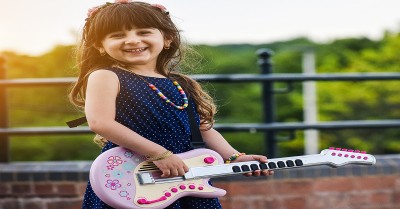
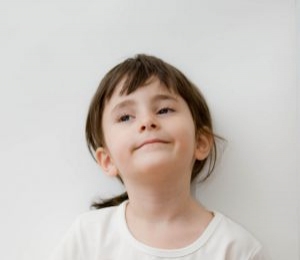 Open ended questions cannot be responded to with one word answers such as yes or no. These types of questions enables a child to provide
Open ended questions cannot be responded to with one word answers such as yes or no. These types of questions enables a child to provide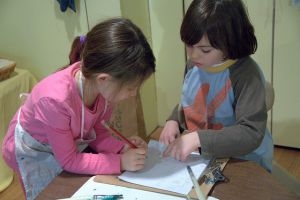 During your child’s preschool years, an important milestone begins to emerge. This is the development of pre-writing skills. Pre-writing skills are used to encourage, develop
During your child’s preschool years, an important milestone begins to emerge. This is the development of pre-writing skills. Pre-writing skills are used to encourage, develop Open ended materials enables children to play freely. They are objects that have no rules to follow, use or function. Raw materials that can be
Open ended materials enables children to play freely. They are objects that have no rules to follow, use or function. Raw materials that can be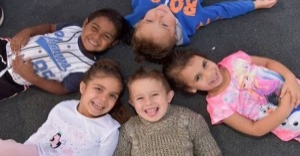 An Acknowledgment of the Country is a way of showing respect for the Traditional Owners and can be given by both non-Indigenous people and Aboriginal
An Acknowledgment of the Country is a way of showing respect for the Traditional Owners and can be given by both non-Indigenous people and Aboriginal Language plays an important role in a child’s development. It enables a child to communicate effectively with their family, learn at school, socialize with friends,
Language plays an important role in a child’s development. It enables a child to communicate effectively with their family, learn at school, socialize with friends, Like adults, children have to deal with their own stress in life. Moving house, starting a new school, preparing for a new sibling - these are
Like adults, children have to deal with their own stress in life. Moving house, starting a new school, preparing for a new sibling - these are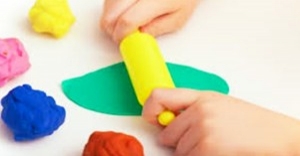 Playdough is such a versatile material. It provides numerous benefits to children as they manipulate it, it is safe and soothing and provides children with
Playdough is such a versatile material. It provides numerous benefits to children as they manipulate it, it is safe and soothing and provides children with Teaching children about sustainability enables them to appreciate and respect the natural environment. Early childhood services can provide meaningful hand on learning experiences in order
Teaching children about sustainability enables them to appreciate and respect the natural environment. Early childhood services can provide meaningful hand on learning experiences in order Recycling is an important concept that teaches children to care for the environment. It encourages children to be responsible and show a growing appreciating for
Recycling is an important concept that teaches children to care for the environment. It encourages children to be responsible and show a growing appreciating for When children apply paint to paper, glue things together, or pound a lump of clay, they experiment with colour, shape design and texture.
When children apply paint to paper, glue things together, or pound a lump of clay, they experiment with colour, shape design and texture.



